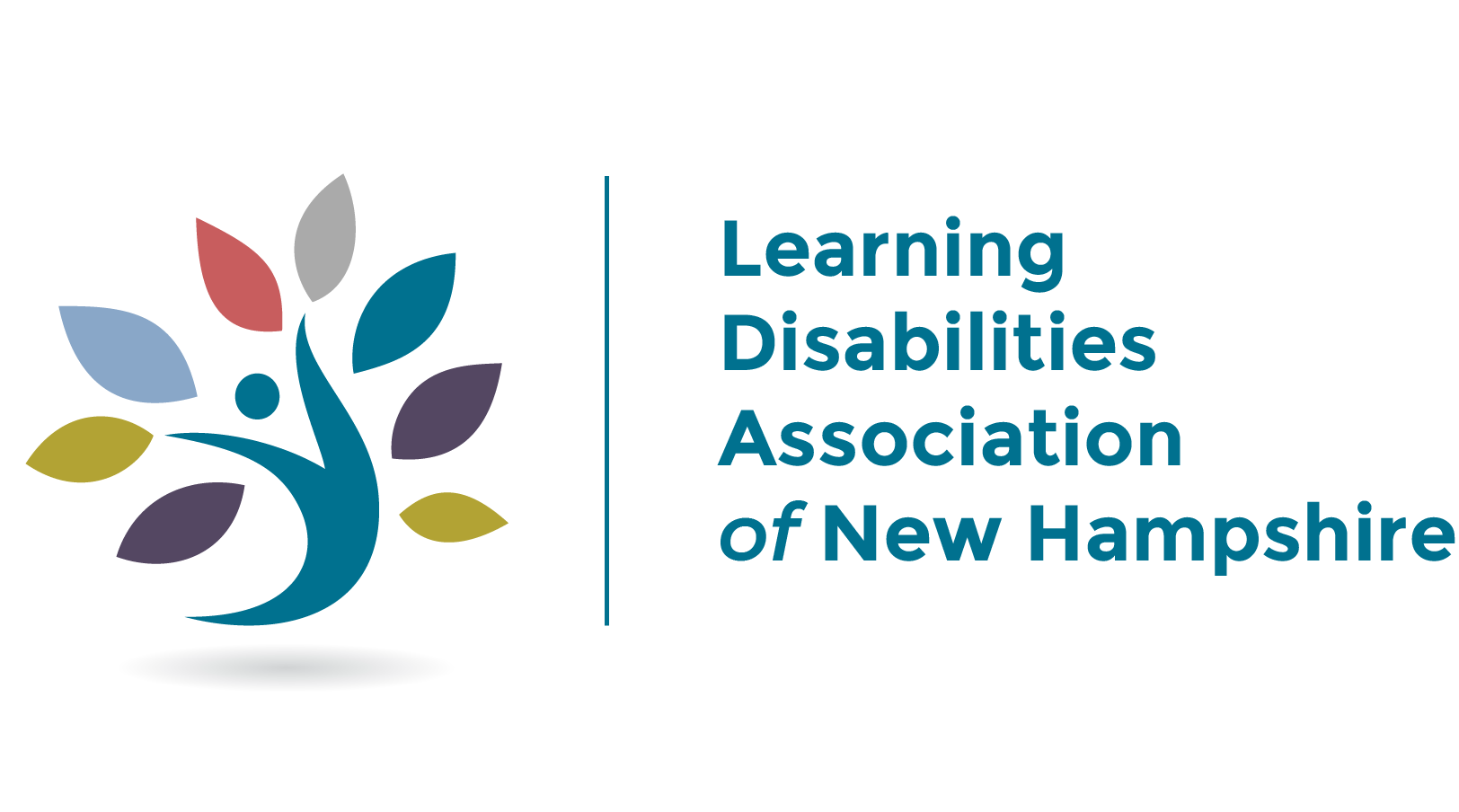By Trish Stansfield, M.Ed.
Teachers can instill self-determination and resilience among their students. The following is a list of strategies that can promote self-esteem and self-advocacy for elementary, middle, and high school students. Some strategies, however, can be used for students of all ages.
Praise effort, not intelligence
Praising intellectual ability can be detrimental to children who believe their intelligence is unalterable. They can become anxious about how smart they are and stick to academic tasks they know they can do well and that will confirm their intelligence. They avoid more challenging work for fear they will fail. Praising effort encourages students to take on new demands helping to develop self-determination.
Provide only necessary supports
Students supplied with too much assistance can become victims of “learned helplessness” and/or apathy. Some students can become overly dependent upon adult support and ask for help with tasks they may be capable of doing themselves. Other students may use their supports as a reason not to complete their work; i.e. “If I don’t study for the quiz, I can take it over again.” Students with learning disabilities definitely NEED assistance, but too many supports can hinder, rather than help them.
Don’t assume students cannot achieve challenging tasks
Currently, increasing evidence suggests that intelligence is malleable and ever-changing. Learning can grow neural connections in the brain, so do not automatically assume that a student cannot learn just because a specific number has been affixed to his/her IQ.
Encourage independence
Students learn to be autonomous by exploring on their own. Respect their ideas and allow them the freedom to make mistakes. Mistakes can lead to new discoveries, and success can be the result.
Focus on positive gains
Foster self-esteem by focusing ONLY on student achievement. Negative comments regarding past work completion/non-completion discourage motivation, creativity and self-advocacy.
Show students that you care
Make connections with students. Have an open-door policy and encourage them to stop by for a quick chat. A pat on the back or a quick “hello” in the hallway can make a big difference in how students perceive themselves.
Believe that ALL students can learn
Students have an innate ability to “size up” true feelings. They know immediately whether or not a teacher really believes in their capacity to achieve. Have confidence in students’ abilities. The reward for being a “believer” is increased academic achievement.
References
Dweck, C. S. (2007). The perils and promise of praise. Early Intervention at Any Age, 65, 34-39.
Muhammad, A. (2009). Transforming school culture: How to overcome staff division. Bloomington: Solution Tree Press.

